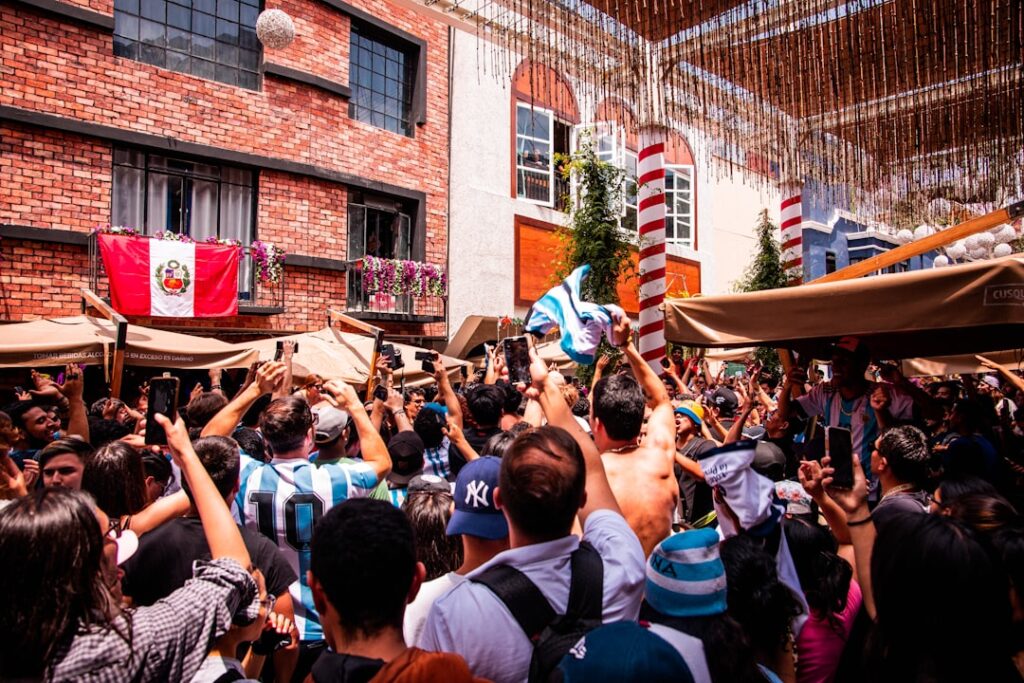
The FIFA World Cup is nothing short of a global spectacle, and with the 2026 edition ready to kick off in North America, the excitement is already palpable. But have you ever wondered how FIFA sets the stage for such a massive event? It’s all in the match schedule algorithm — the secret behind orchestrating the beautiful game’s grand tournament. Let’s dive into the art and science behind FIFA’s match schedule algorithm!
Balancing Teams and Fair Play
At the heart of FIFA’s match schedule is the concept of fair play. FIFA’s match schedule algorithm is meticulously designed to ensure an even playing field for teams across the tournament. This starts with the draw, where teams are distributed into groups, a process that involves geographical and competitive balancing.
The algorithm takes into account various factors like team ranking, regional representation, and past tournament performance. This ensures that teams from the same region do not end up facing each other early on, maintaining a sense of diversity and fairness. This balancing act can be a huge boost for teams like USA, who benefit from facing a diverse set of opponents.
The Science of Timing and Venue Allocation
FIFA’s algorithm also handles the logistics of venue allocation. With matches being played across multiple cities — 16 host cities to be exact for World Cup 2026 — the algorithm must orchestrate a seamless match flow. Factors like stadium capacity, local climate, and logistical considerations are all factored in to ensure optimal conditions for both players and fans.
For instance, matches requiring cooler climates are more likely to be scheduled in cities like Seattle, whereas matches in warmer locations like Dallas might be skewed towards evening kick-offs. The algorithm ensures that no team is overburdened with excessive travel, promoting player health and performance.
The Importance of Audience and Broadcast Schedules
Television and broadcast rights are a critical revenue stream for FIFA, and they heavily influence match scheduling. The algorithm considers global broadcast times to ensure peak accessibility and maximum viewer engagement. After all, football is a game shared by billions worldwide, and finding a sweet spot where fans from Tokyo to New York can tune in is no easy feat.
This meticulous scheduling can greatly enhance the viewer experience. Imagine a showdown between Brazil and Germany played at a prime time, ensuring fans across different time zones can witness these titans clashing live.
Adapting for Tournament Expansion
The 2026 World Cup marks a significant expansion, growing from 32 to 48 teams. This requires the algorithm to be more dynamic and adaptive than ever. The increased number of matches, from 64 to 80, means more variables to juggle, more potential for excitement — and, yes, more complexity in scheduling.
FIFA’s algorithm must work overtime to preserve the integrity of the tournament structure and maintain balanced competition levels, all while ensuring logistical and travel efficiency. The expansion opens the door for more underdog stories and thrilling encounters, expanding the essence of the beautiful game.
Embracing the Human Touch
While the algorithm provides a structured backbone, FIFA also incorporates a human element to the schedule-making process. A team of expert planners reviews and adjusts schedules, combining algorithmic precision with human intuition.
The end result? A tournament schedule that not only stands up to the pressures of logistics but also the dreams and expectations of billions of football fans worldwide. As the World Cup 2026 approaches, one can only imagine the amazing stories that will unfold on the world stage.
As we gear up for this footballing fiesta, what are you most excited about for the upcoming World Cup? Do you think the expanded tournament will improve the competition, or could there be challenges ahead? Share your thoughts and stay updated with all things World Cup 2026 at CupVibes.com!


